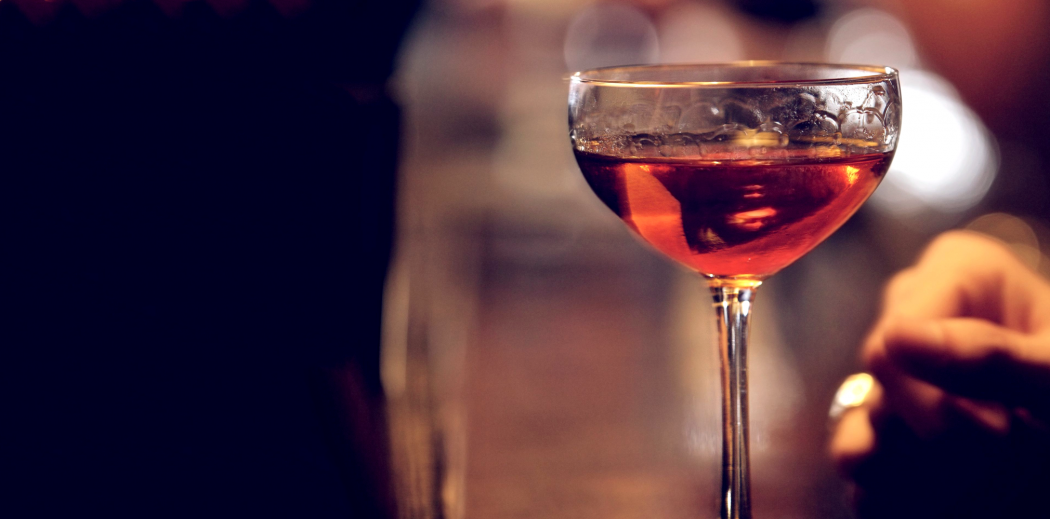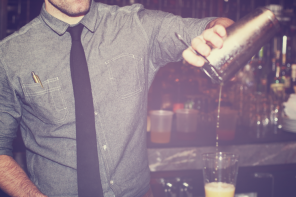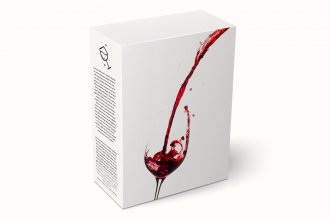Late last year, renowned Chef Danny Meyer decided to turn The Modern, one of his Michelin-starred restaurants, into a no-tipping establishment, igniting the trend across New York City. The idea behind it, Chef Meyer explained, was to promote equity within the service industry, raising wages for everyone from servers to busboys and line cooks. Lois, an all-tap wine bar in New York’s Alphabet City neighborhood, was the first bar to join the movement.
I became a bartender at Lois in February, nearly two months after the no-tipping policy was put in place. Lois, for all intents and purposes, is a bar. But when you walk in to the smell of our freshly baked currant crisps and house-made sausage rolls, it is easy to misinterpret us as a quaint East Village restaurant. There is no longer a debate whether our service fits into restaurant or bar standards with gratuity-included; it is simply extraordinary.
[pullquote align=”right” cite=”” link=”” color=”#0396ce” class=”” size=””]While I am passionate about being a friendly bartender, I am also passionate about paying my rent on time.[/pullquote]Part of the no-tipping model implemented at Lois incentivizes bartenders to maintain exceptional service without the pocketful of cash at the end of the night. We have a financial baseline to meet each week. If our staff collectively hits this goal, the remaining funds are distributed evenly among the team. This philosophy builds an amazing camaraderie between the servers demonstrating that the better we treat our customers communally, the more we get paid individually.
While I am passionate about being a friendly bartender, I am also passionate about paying my rent on time. As a Manhattan resident, working at a bar with this format provides the financial consistency that is necessary to survive in one of the world’s most expensive cities. I no longer compete with coworkers for a Friday or Saturday night shift to make a worthy wage. I earn the same amount per hour whether I work Wednesday night, Sunday morning or Tuesday evening. It allows me to stay flexible for other opportunities and pick up shifts as they fit into my schedule.
Although this all sounds great for a bartender, it often raises questions about the burdening costs for the customer. At Lois, our prices for food and beverage increased slightly with this new policy, but the value remains comparable to other bars in the neighborhood. A single glass of wine at our bar averages $10, while a liter carafe (roughly six glasses) rarely exceeds $65. Bibi, a wine bar with a standard tipping policy only four blocks away, averages about $10 a glass, too.
Additionally, I can focus on providing suggestions without up-selling more expensive wine to earn a better tip. I listen to my customer’s taste profile and match that to what we have available on tap. There is limited pressure to ‘churn and burn’ tables and I spend more time with each person to make sure they have the best experience. Plus, after a few glasses (or carafes) of wine, who really wants to do basic math? A simple signature at the bottom of the tab gets you on to the next location, whether it’s a neighboring bar or the comforts of your own bed. This is what service is all about.
As making the switch towards no-tipping menus continues to be popular, I believe my experience at Lois is evidence of a trend that will soon be sweeping the country, creating a better experience for those on both sides of the bar.





